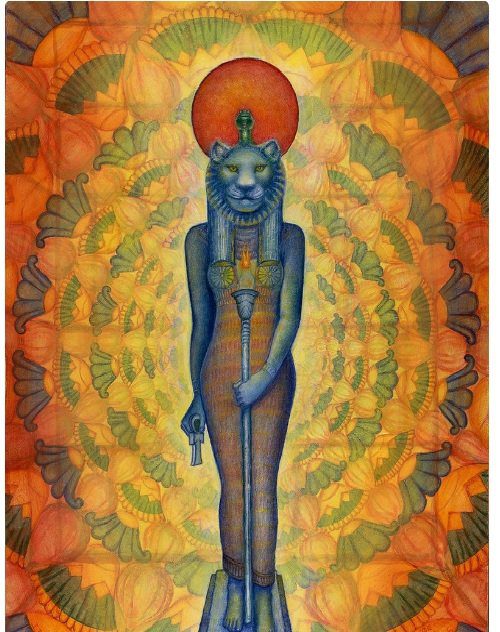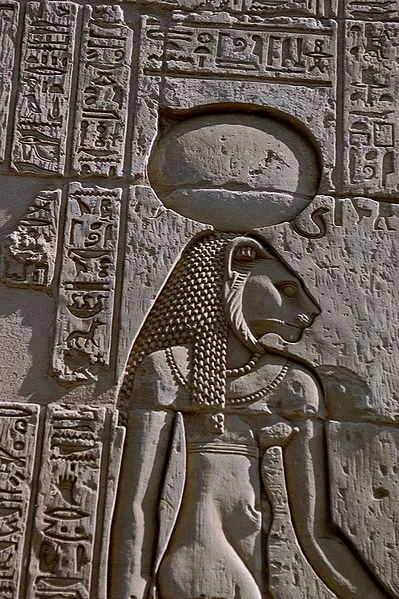What You Need to Know About Ancient Egyptian Goddess Sekhmet and Sekhem Energy Healing

The Goddess Sekhmet is a powerful figure in Egyptian mythology, known for her fierce energy and healing abilities. In this post, we will explore the history of Goddess Sekhmet, the symbols associated with her, and the energy healing techniques that are based on her teachings. History of Goddess Sekhmet Goddess Sekhmet was originally worshipped in […]

